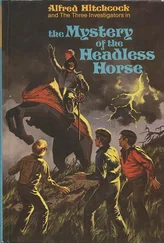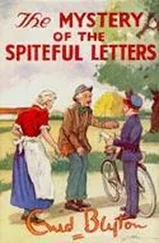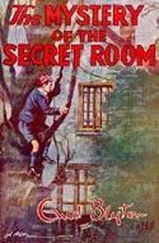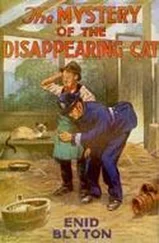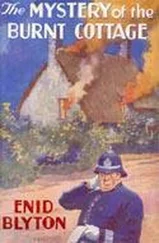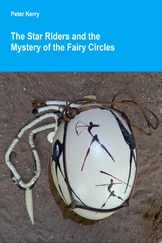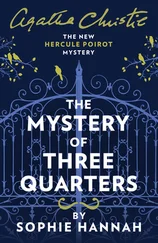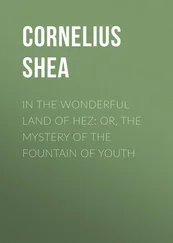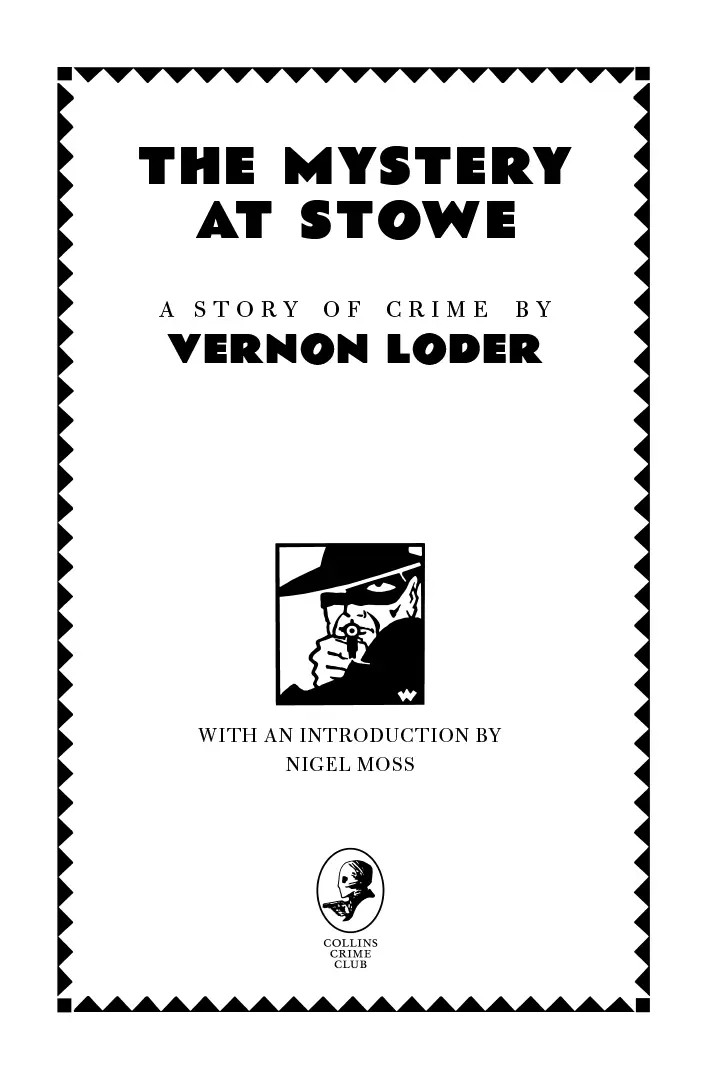
Published by COLLINS CRIME CLUB
An imprint of HarperCollins Publishers Ltd
1 London Bridge Street
London SE1 9GF
www.harpercollins.co.uk
First published in Great Britain by Wm Collins Sons & Co. Ltd 1928
Published by The Detective Story Club Ltd 1929
Introduction © Nigel Moss 2016
Cover design © HarperCollins Publishers Ltd 1929, 2016
A catalogue copy of this book is available from the British Library.
This novel is entirely a work of fiction. The names, characters and incidents portrayed in it are the work of the author’s imagination. Any resemblance to actual persons, living or dead, events or localities is entirely coincidental.
All rights reserved under International and Pan-American Copyright Conventions. By payment of the required fees, you have been granted the non-exclusive, non-transferable right to access and read the text of this e-book on screen. No part of this text may be reproduced, transmitted, down-loaded, decompiled, reverse engineered, or stored in or introduced into any information storage and retrieval system, in any form or by any means, whether electronic or mechanical, now known or hereinafter invented, without the express written permission of HarperCollins.
Source ISBN: 9780008137489
Ebook Edition © March 2016 ISBN: 9780008137496
Version: 2015-11-24
Contents
Cover
Title Page
Copyright Published by COLLINS CRIME CLUB An imprint of HarperCollins Publishers Ltd 1 London Bridge Street London SE1 9GF www.harpercollins.co.uk First published in Great Britain by Wm Collins Sons & Co. Ltd 1928 Published by The Detective Story Club Ltd 1929 Introduction © Nigel Moss 2016 Cover design © HarperCollins Publishers Ltd 1929, 2016 A catalogue copy of this book is available from the British Library. This novel is entirely a work of fiction. The names, characters and incidents portrayed in it are the work of the author’s imagination. Any resemblance to actual persons, living or dead, events or localities is entirely coincidental. All rights reserved under International and Pan-American Copyright Conventions. By payment of the required fees, you have been granted the non-exclusive, non-transferable right to access and read the text of this e-book on screen. No part of this text may be reproduced, transmitted, down-loaded, decompiled, reverse engineered, or stored in or introduced into any information storage and retrieval system, in any form or by any means, whether electronic or mechanical, now known or hereinafter invented, without the express written permission of HarperCollins. Source ISBN: 9780008137489 Ebook Edition © March 2016 ISBN: 9780008137496 Version: 2015-11-24
Introduction
Editor’s Preface
Chapter I: Wheels Within Wheels
Chapter II: What the Morning Brought
Chapter III: The Dressing-Gown
Chapter IV: A Curious Thing
Chapter V: The Fingerprints
Chapter VI: Fisher Lays a Trap
Chapter VII: A Stranger in Red
Chapter VIII: Mr Carton Intrudes
Chapter IX: The Husband
Chapter X: Did Tollard Love His Wife?
Chapter XI: Suppressions
Chapter XII: Carton Is Dissatisfied
Chapter XIII: Who Was It?
Chapter XIV: An Open Mind
Chapter XV: The Eyes of Mr Jorkins
Chapter XVI: The Scratch
Chapter XVII: Tollard Makes a Scene
Chapter XVIII: The Dart
Chapter XIX: The Locked Door
Chapter XX: Speculations of a Kind
Chapter XXI: The Ladder
Chapter XXII: The Arrow That Flyeth by Night
Chapter XXIII: A Bit of Fluff
Chapter XXIV: Elaine Is Stubborn
Chapter XXV: Carton V. Tollard
Chapter XXVI: Superintendent Fisher Wants the Ladder
Chapter XXVII: The Luck of the Ladder
Chapter XXVIII: The Brooding Silence
Chapter XXIX: A Joint Expedition
The Detective Story Club
About the Publisher
THE Golden Age of detective fiction is enjoying a renaissance in popularity, demonstrated by the success of various publishing ventures. The British Library Classic Crime series has reissued works by obscure Golden Age authors, such as John Bude, J. Jefferson Farjeon and Alan Melville, with Farjeon’s Mystery in White the surprise best-selling paperback of Christmas 2014. HarperCollins’ major non-fiction study The Golden Age of Murder by Martin Edwards (May 2015) sold out its first printing within a few months, and their new editions of titles from the Detective Story Club, which first flourished back in 1929, are reintroducing a range of once hugely popular crime authors. Along with a number of small independent publishers, notably Black Heath, Coachwhip, Dean Street, Faber, Ostara and The Murder Room, coupled with the rapid growth in modestly priced e-books, these initiatives have led to the emergence of a new and appreciative modern audience for little-known and neglected Golden Age authors who have long been out of print.
The period between the two World Wars, which Robert Graves called ‘the long week-end’, loosely delineates the boundaries of the Golden Age. From 1919 to 1939, detective novels were published in an ever-increasing tide to keep up with a growing public demand for ‘whodunits’. They were a reflection of the atmosphere and culture prevailing during that period. There was a strong desire to sublimate the horrors and devastating impact of the First World War, which had been followed by the Spanish flu pandemic, economic hardship (including the Great Depression), and later by an increasing international turbulence and prospect of yet further conflict. In response, people turned more and more to entertainment and escapism, and the new form of detective novel fitted the bill. Human activity, including murder, was described and analysed as a form of play or game—an artificial entertainment existing in a cosy, stylised world, removed from normal routine life. This literary game devised its own distinctive rules and conventions aimed at ensuring fair play between writer and reader. The focus was predominantly on producing stimulating intellectual puzzles and plots: clues and evidence were presented to the reader, with a challenge to solve the mystery before the denouement and the detective’s masterful unveiling of the guilty party. It offered a welcome form of inward escape.
Typically, the atmosphere of these novels was brisk and business-like, the method of murder often bizarre. Characterisation was subordinate to the plot. Readers were not required to think too deeply or moralise, and psychology was largely absent. The actual commission of murder, with its violence and revulsion, was usually excluded from the narration. But this was not reality, rather an intellectual recreation. Margery Allingham commented on the form: ‘a Killing, a Mystery, an Enquiry and a Conclusion with an element of satisfaction in it.’ It was claimed these novels, with their rationalistic plots and cleverly crafted puzzles, helped to ‘improve the mind’. A surprisingly high proportion of professional people and academics were among the readers, including British Prime Minister Stanley Baldwin and US President Franklin D. Roosevelt. Detective fiction of this era attained a high degree of respectability amongst the reading public on both sides of the Atlantic, and by 1939 detective novels accounted for 25 per cent of all new fiction published in English.
The distractions and pressures of today’s world, with extreme violence and hardship forming commonplace daily images in both mainstream and social media, along with the persistent noir psychological themes and human depravity depicted in modern crime novels, have perhaps helped to rekindle the public’s affection and enthusiasm for the Golden Age fictional world of intellectual plots and puzzles. Now, as then, at heart they offer light entertainment—an enduring appeal of solidity blended with facetious frivolity.
Читать дальше


